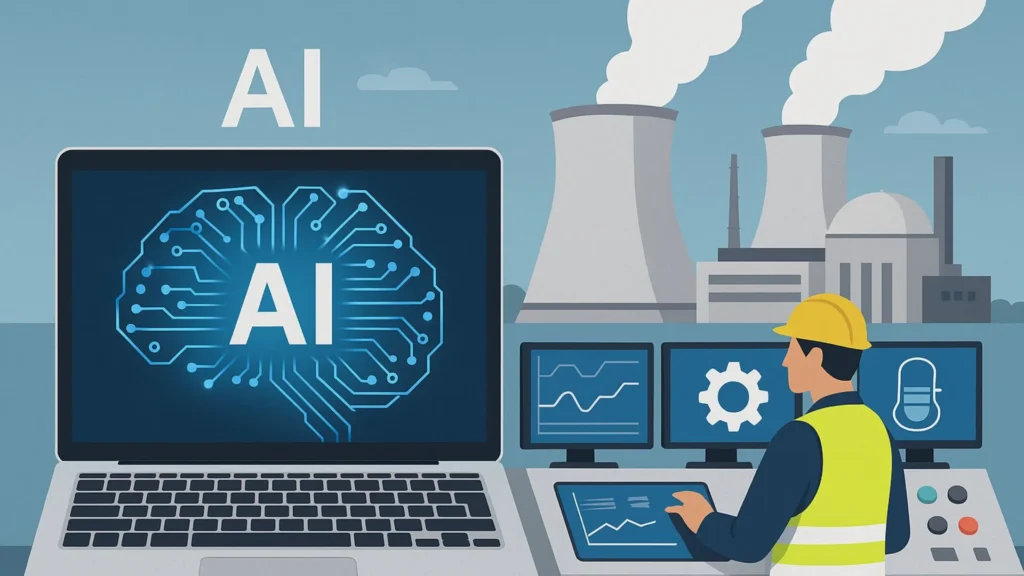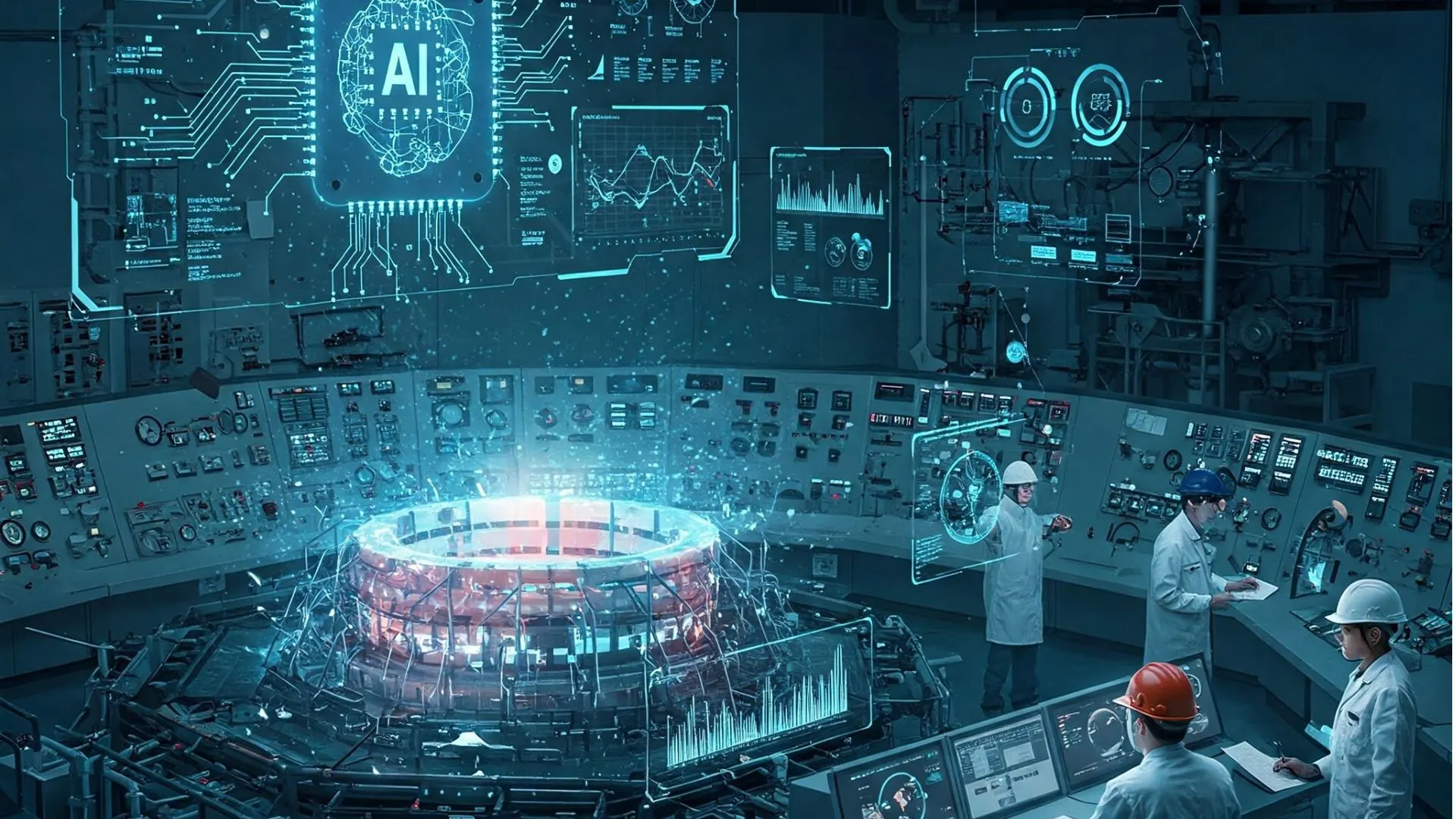Introduction
AI in nuclear power plants is transforming the technological innovation of the industry, and it is coming out as the key to enhanced safety, efficiency, and reliability. From predictive maintenance to live radiation monitoring, artificial intelligence is revolutionizing how nuclear facilities operate with reduced risk. This blog delves into how AI uses are making the nuclear energy systems smarter and safer for the future. Beginning with predictive maintenance to monitoring radiation in real time, AI is making nuclear plants smarter and more risk minimized.
Here are some points of discussion:
- AI-based nuclear plant safety improvement
- Applications of AI in optimizing reactors
- Predictive maintenance and prevention of failures
- Future of AI for nuclear power
How AI Improves Nuclear Power Plant Safety
1. Real-Time Radiation Tracking & Anomaly Detection
AI sensors and machine learning algorithms track radiation levels in real-time, identifying anomalies quicker than conventional systems. If a radiation leak or unusual behavior happens, AI can initiate instant shutdown processes, averting possible catastrophes.
2. Predictive Maintenance to Prevent Breakdowns
Nuclear power plants demand error-free functioning. AI checks past and live data to anticipate equipment failures well in advance, minimizing unexpected shutdowns. To illustrate, AI can identify wear and tear of reactor cooling systems, enabling maintenance at the right time.
3. Robotic & AI-led Autonomous Inspection

It is unsafe for humans to inspect radioactive areas. AI-enabled robots and drones now undertake inspection, minimizing radiation exposure to human beings while ensuring greater accuracy in detecting structural defects or leaks.
4. Advanced Cybersecurity for Nuclear Plants
Nuclear plants are valuable cyber targets. AI enhances cybersecurity with anomaly detection of network activity, preventing unauthorized entry, and real-time threat response.
AI Applications to Reactor Optimization
1. Intelligent Load Balancing & Energy Output Optimization
AI optimizes reactor output in real-time electricity demand, ensuring efficiency and minimizing waste. Grid needs are analyzed through machine learning models and thus optimized power generation.
2. Fuel Efficiency & Waste Minimization
AI assists with nuclear fuel management, forecasting the optimal fuel consumption patterns to prolong reactor life and reduce radioactive waste.
3. AI-Driven Simulations for Emergency Readiness
With digital twin technology, AI develops virtual models of reactors to simulate emergency situations. This enables operators to practice crises without actual-world risk.
The Future of AI in Nuclear Energy
- Autonomous Reactors – Nuclear plants that operate independently with limited human intervention.
- AI & Fusion Energy – Machine learning may accelerate nuclear fusion breakthroughs.
- Regulatory Compliance Automation – AI makes it easier for plants to conform to safety standards.
Conclusion
AI is revolutionizing nuclear power plants into safer, wiser, and more efficient producers of energy. From predictive maintenance to cybersecurity, AI minimizes risks while maximizing performance. As technology continues to improve, AI will play an even larger role in defining the future of nuclear energy.
Are you stoked for the potential of AI in nuclear energy? Let us know in the comments!

